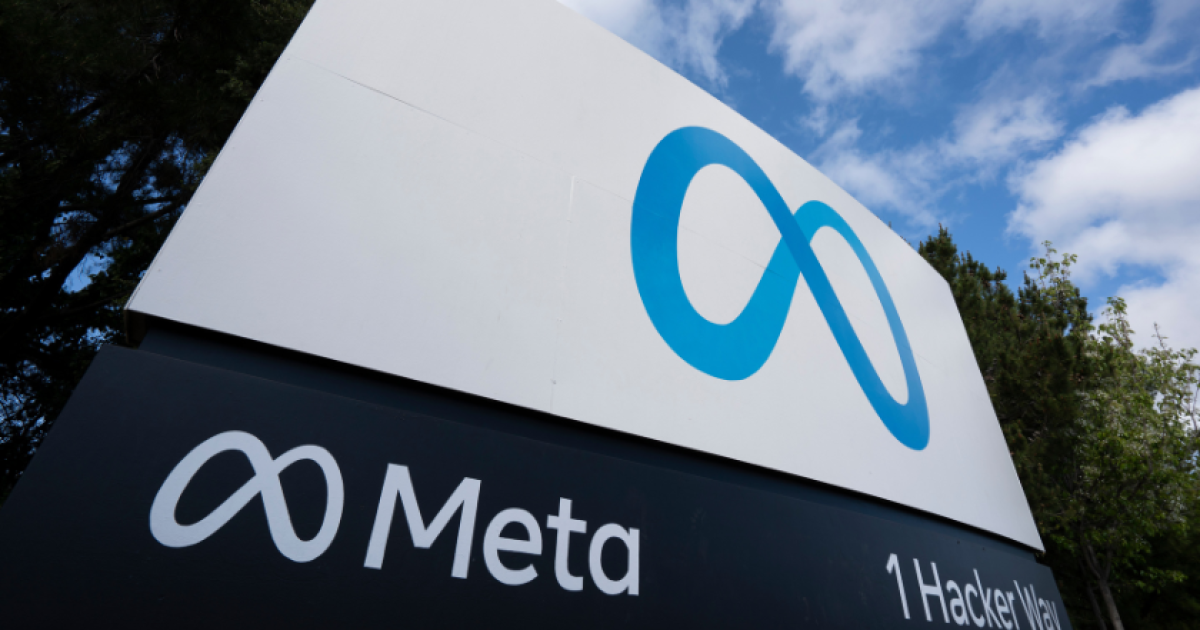Why Meta Can't Keep Up with the AI Titans: Shocking Truth Revealed!










2025-08-18T09:12:35Z

What if I told you that despite pouring billions into artificial intelligence, Meta is still lagging behind the likes of OpenAI and Google? That's right! Mark Zuckerberg's ambitious plans to lead in AI are stumbling, raising eyebrows and concerns across the tech world.
For the past decade, Meta has been on a roller coaster ride, investing heavily in artificial general intelligence (AGI) while touting bold promises of innovation. Yet, here we are, witnessing the company struggle to keep pace with its rivals, who seem to be running laps around them. As they reorganize once again under the banner of Meta Superintelligence Labs (MSL), one can’t help but wonder: is this a step forward or just another internal shakeup?
The latest restructuring marks the fourth significant reorganization in just six months. This effort aims to enhance collaboration between research, products, and infrastructure, but details are still under wraps. How does a company with such a rich history in AI let the competition race ahead?
Back in 2013, Meta was hailed as a pioneer in AI when it launched the Facebook AI Research (FAIR) lab, led by the deep learning visionary Yann LeCun. FAIR quickly became a cornerstone of AI development, giving the world the widely used PyTorch framework and pushing boundaries in unsupervised learning and robotics. They even showcased groundbreaking internal tools like DeepFace, hinting at AI's potential.
But something has been amiss. Despite its impressive research trajectory, Meta has struggled to convert groundbreaking discoveries into successful consumer products. Remember M, the Messenger assistant? It was retired in 2018 due to its dependency on human trainers. Or the Galactica model, which was pulled offline after just a few days amid criticisms of inaccuracies?
Enter the LLaMA family, Meta's latest endeavor into the competitive AI landscape. Released in 2023, LLaMA captured attention with its open-source philosophy, contrasting the closed-door strategies of other giants like OpenAI and Anthropic. While this move garnered goodwill from developers and small businesses eager to innovate without the hefty price tags of proprietary models, it has also limited Meta’s monetization efforts. After all, giving away the keys to your kingdom isn’t exactly a recipe for prosperity.
Fast forward to 2025, when LLaMA 4 was released with muted reactions. Internal reports indicate that staff are leaving and disagreements on priorities abound. Is this the sign of an organization in turmoil?
The newly formed Meta Superintelligence Labs aims to consolidate AI efforts into four key areas: development of LLaMA, product integration, infrastructure enhancement, and the established FAIR wing. Yet, with leadership changes amidst a backdrop of uncertainty, can they truly find their footing?
Mark Zuckerberg seems to be betting on this new structure to restore focus, merging cutting-edge research with product development and infrastructure enhancements while continuing to chase the elusive AGI dream. However, with four reorganizations in less than six months, skepticism is rampant about whether a new structure can address deeper cultural and operational issues that have plagued the company.
On the infrastructure front, Meta is upping its game, forecasting a capital expenditure of $66 billion to $72 billion by 2025. Significant funds are allocated to build AI-ready data centers, including a $29 billion investment in Louisiana to boost GPU capacity. While this shows commitment, Meta faces common challenges—strained electricity grids and environmental scrutiny—in its relentless pursuit of AI supremacy.
Meanwhile, Meta is embedding AI into its platforms. Its AI assistant is now integrated across Facebook, Instagram, WhatsApp, and even Ray-Ban smart glasses, marking its most direct competition against ChatGPT, Gemini, and Claude. Yet, early feedback suggests that these offerings lack the finesse and distinct features that set rivals apart, risking the perception that they are merely afterthoughts.
Moreover, Meta's checkered history with AI ethics looms large, with investigations into the behavior of its chatbots raising concerns about safety and governance. After these incidents, the company has pledged not to release its advanced self-improving models publicly, a move that aligns with industry caution but contradicts its earlier open-source philosophy.
As Meta faces off against formidable opponents like OpenAI, which integrates seamlessly with Microsoft products, Google DeepMind leveraging vast data resources, and Anthropic’s responsible AI approach supported by Amazon, it’s undeniable that Meta has a steep hill to climb. This open-source strategy, while bold, might be backfiring as competitors capitalize on Meta's innovations without contributing back to its ecosystem.
Meta’s journey through the AI landscape is a perplexing one. It stands as a research titan yet struggles to translate intellectual prowess into commercial success. While the formation of MSL could provide clarity, it’s clear that restructuring alone can’t replace a solid go-to-market strategy. With talent leaving and reputational challenges mounting, there's a real risk that Meta could become just another research lab—relevant but not leading.
In the race toward an AI-driven future, Meta is investing billions and reshaping its organizational structure, yet the question lingers: can they finally translate their research excellence into market dominance? Time will tell, but as competition accelerates, the pressure is on for Meta to turn its vision into reality.
 James Whitmore
James Whitmore
Source of the news: Capacity Media